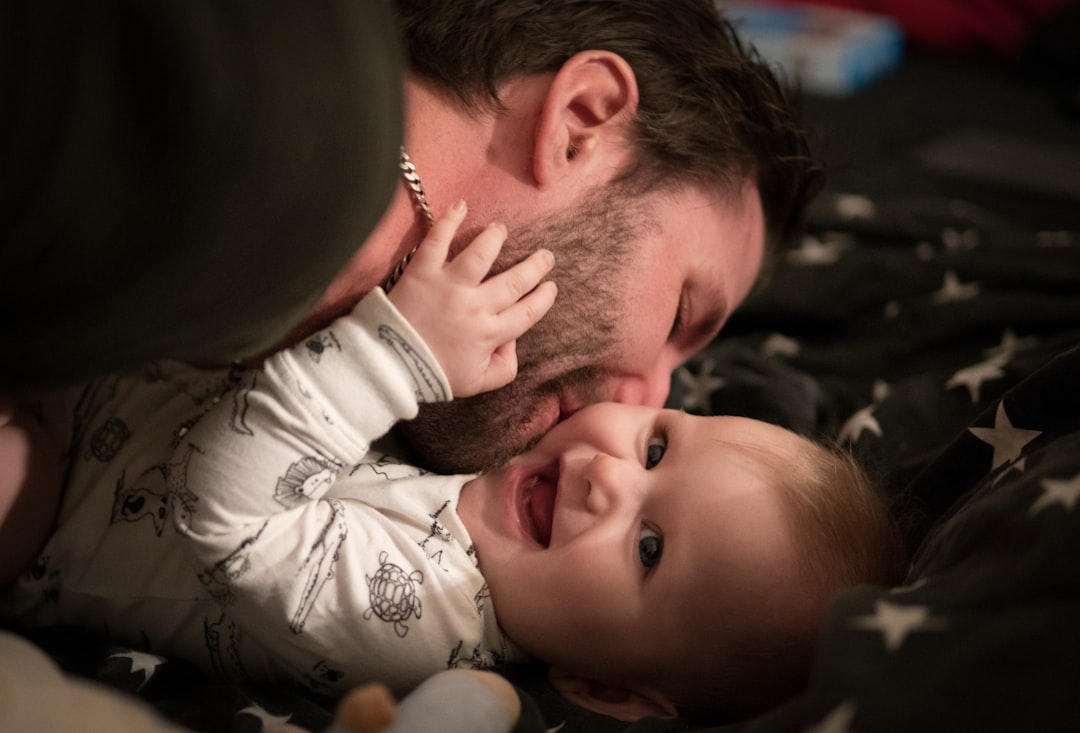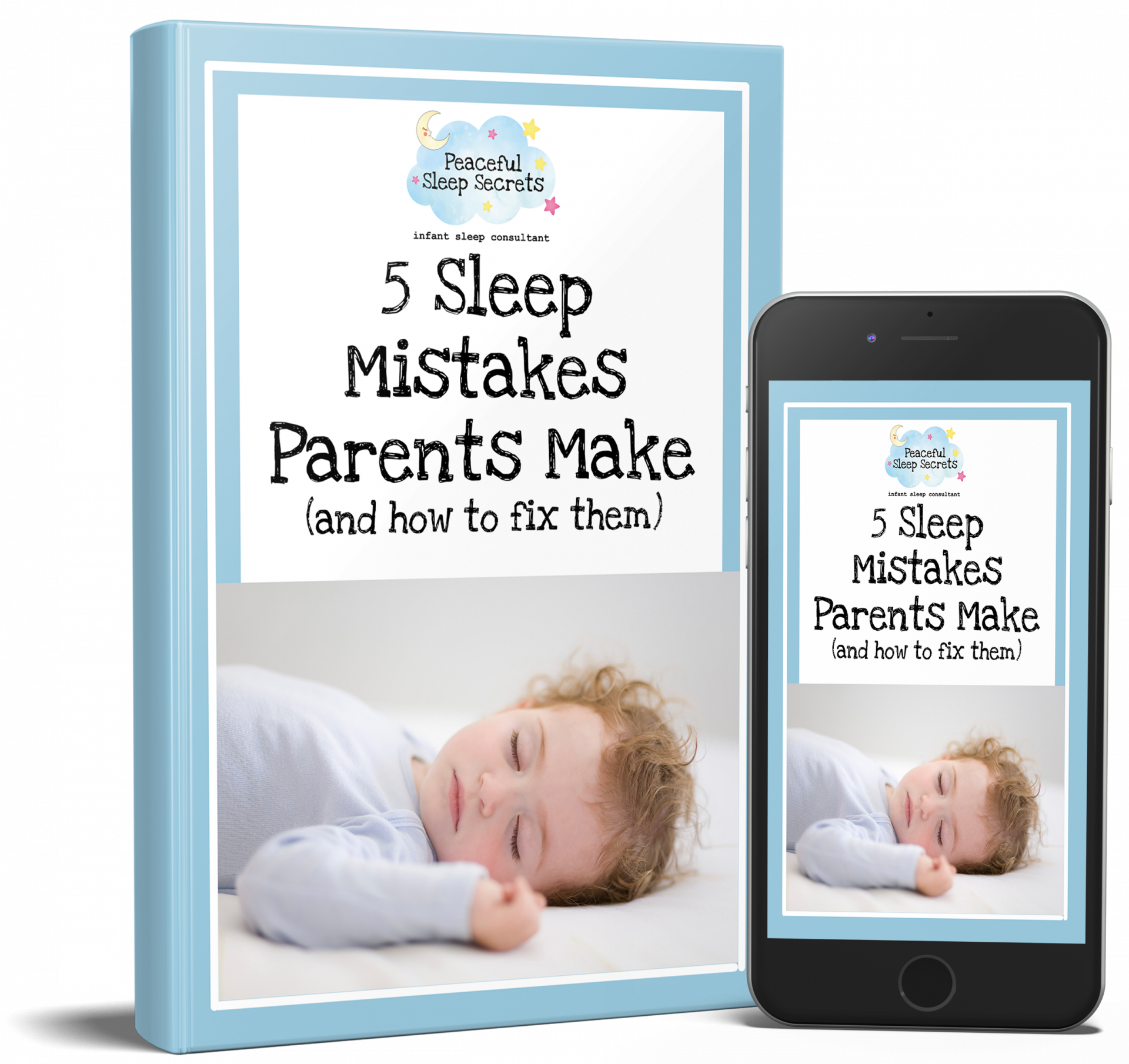5 Steps to Introduce a Partner at Bedtime

I guess you are visiting this page because you are either a primary caregiver who is desperate for a break at bedtime, or you’re a partner who feels rejected and wants to help.
Either way, these steps are going to help your little one settle for other caregivers!
Before we dive into the steps we need to take, I just want to reassure you that parental preference is completely normal. It’s a healthy part of your baby’s development to show a strong attachment to one caregiver. Usually, it is the parent who feeds them more (the breastfeeding mother, for example), or the person who spends more time with them on a daily basis. It’s likely that they’ll immediately look for that person when they’re feeling upset, scared, in pain or have another need, because having spent more time with them, they are more attuned to what’s going on.
As the primary caregiver, it feels overwhelming and exhausting to be the one who has the constant load on your shoulders. Evenings out with friends or date nights can feel like a distant dream… BUT it really doesn’t have to be that way.
For the non-preferred parent, it can feel disheartening, like you did something wrong. But this hierarchy isn’t representative of your child’s love or attachment to you. Attachment theory tells us that just because you are not the preferred parent right now, it doesn’t mean your baby hasn’t formed a secure attachment with you. Attachment also changes over time so it doesn’t mean the preferred parent will always be top dog!
But, why is it worse at bedtime?
Sleep is a vulnerable state and in order to fall asleep we need to feel relaxed, safe and secure. Your child will need to have a strong connection to the person settling them in order to feel all of these things and to drift off into peaceful sleep.
Here are the 5 steps to introduce a partner at bedtime:
1. Layer sleep associations
It’s going to be helpful if you are able to put your baby to sleep in different ways, or at least have a variety of tools you can draw upon. If your baby will currently only fall asleep while breastfed, for example, it’s going to be very difficult to get anyone other than the breastfeeding mother to settle your baby. So, we want to start by adding in some additional associations such as rocking, bouncing, shushing or patting. These are things that your partner can replicate when he or she is settling your little one.
2. Build in 1:1 connection time
Before the non-preferred parent starts taking over at bedtime, we need to ensure they have built a rock-solid connection with your baby. Set aside as much 1:1 time with your baby as you can – during feeding, playtime, bathtime etc. It’s normal for them to protest a little, so it can be helpful for the preferred parent to disappear for a bit and give them some space to truly bond (and that means they get a break too!)
3. Watch the routine
We want the bedtime routine to be as consistent as possible, no matter who is doing it. It’s funny how, during my 1:1 consultations with families, parents often realise they are doing some things completely differently – which makes their child respond differently! The next step for you is to get the non-preferred parent to watch the preferred parent do the bedtime routine so they know exactly what they need to do when it’s their turn. It also means your child will become comfortable with having a second parent there.
4. Join forces
Now we want you to do the bedtime routine together. You might start with the non-preferred parent just doing one element of the bedtime routine, such as bathtime or story time and gradually build up the amount they do. The preferred parent can also gradually start taking a step back.
5. Go it alone!
Now it’s time for the non-preferred parent to do the bedtime routine without the preferred parent present… but not the settling, YET! When it’s time to actually put your baby to sleep, the preferred parent can return and do this part.
6. Time to settle
Now that we’ve layered a strong foundation, it’s time for the non-preferred parent to take over! They can complete the bedtime routine and use the sleep associations that you have been layering in to settle your baby to sleep. Please bear in mind that it will likely take longer than usual and your baby may protest – this is completely normal, but will get easier in time. Remember, if your baby is upset, they have a loving caregiver right there supporting them and helping them to regulate.
Additional Tips:
- Avoid jumping in and ‘rescuing’ the situation if your baby is upset. This will only damage confidence and make it harder the next time you try. If you do need to step in and help, try not to take over completely. Perhaps you could shh or sing while your partner still rocks or cuddles your little one.
- Make sure your baby is tired enough – if they’re not, they’ll protest more and the settle will take longer. Adding 10–20 minutes to their usual final wake window can help to build a little extra sleep pressure without making them overtired.
- If, as the primary caregiver, you find it hard to give up control, consider leaving the house while your partner settles the baby. It will be fine, I promise!
- If you have a toddler, I suggest preparing them for the change. Act out what is going to happen with their teddies so they know what to expect. Making a bedtime chart with the faces of the caregivers who are doing bedtime each day can also be a really helpful tool.
- Remember, it will take time for your child to adjust, but it will be worth it when you manage to get out for that date night and your baby is settling happily for someone else! The only reason it would fail is if you give up, so stick with it and you’ll soon be reaping the rewards.
Do you feel you need more support with your little one’s sleep? I’d love to help you with whatever you are struggling with.
CLICK HERE to schedule a free initial call and we’ll see if I can take on your case.

Download my FREE guide now, apply the simple strategies and watch your child’s sleep improve instantly!
